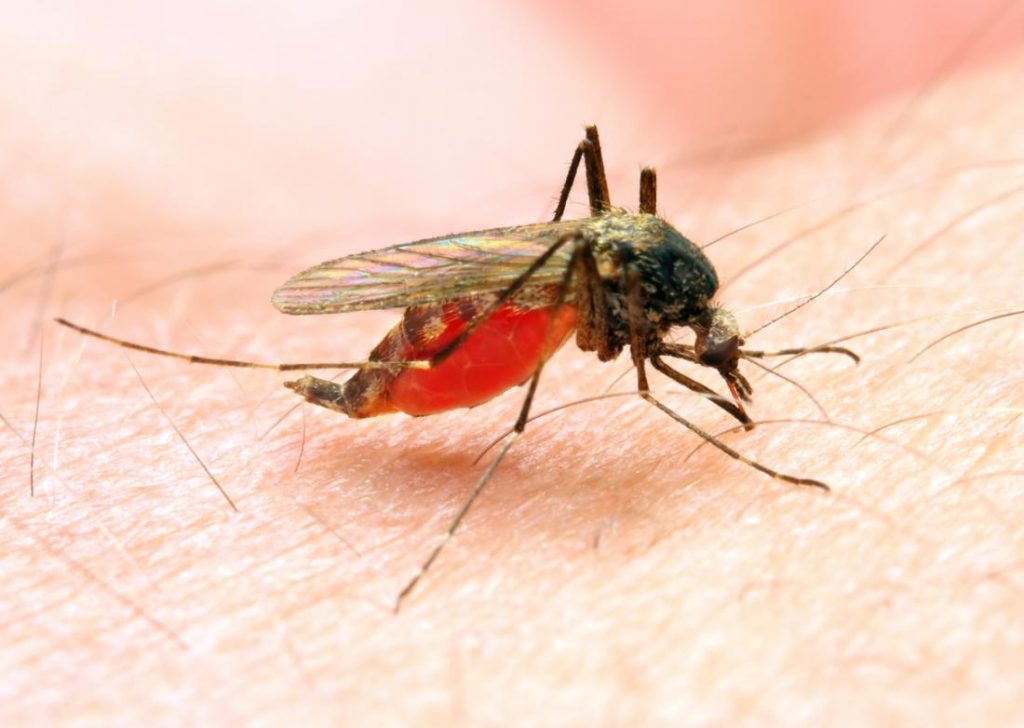By Akanimo Sampson
One of the world’s leading non-profit organisations specialising in the prevention, control and treatment of malaria and other communicable diseases among vulnerable populations, Malaria Consortium, says malnutrition contributes to nearly half of all deaths of children under five in Nigeria.
The mission of the group which was established in 2003 is to improve lives in Africa and Asia through sustainable, evidence-based programmes that combat targeted diseases and promote child and maternal health.
According to the Publications Officer of the group, Lien Santeramans, patients in rural areas often struggle to access treatment, as health facilities are difficult for them to reach. “Our work has however, shown that with the right training and supervision, Low-literate Community Health Workers (CHWs) are able to identify and treat Severe Acute Malnutrition (SAM) in their communities.’’
The rest of the group’s testimony goes thus: “Malnutrition is not properly addressed in guidelines for the integrated community case management of childhood illnesses. While promising and cost-effective models exist, they have not been adapted for low-literacy settings.
“That is why we conducted a feasibility study between July 2017 and May 2018 with the support of a grant from the Eleanor Crook Foundation, in partnership with the International Rescue Committee, Action Against Hunger, Concern Worldwide and Save the Children. Sixty CHWs from two local government areas in Niger State were trained to treat SAM by following a simplified protocol and using adapted job aids and tools.
“They were supervised by 20 community health extension workers, who were monitored by the local government areas’ health teams. By using a colour-coded arm band known as MUAC tape, the CHWs were able to measure the child’s mid-upper arm circumference to determine the level of under-nutrition. If the child fell in the bright red zone of the band, an immediate transfer to the health facility would be required. Yet, if the tape showed dark red or pink zones, the CHW could continue the treatment for SAM locally.
“The caregiver would then use a packet of therapeutic food to test if the child is ready to eat. If so, the CHW weighed the patient using a modified scale which, rather than the actual weight, shows the amount of food packets the child needs to be given each day. This allowed the CHW to prepare a seven day meal package. Before sending the caregiver home, the CHW would explain how the package should be used with the help of visual aids. Finally, everything was recorded in a modified patient registry, which does not require the CHW to be able to read or write.
“The study showed that low-literate CHWs are able to treat SAM with the proper support. Seventy-three percent of the enrolled patients were cured, with a five percent non-response rate. This is close to the 75 percent Sphere standard for the treatment of SAM for skilled health workers at health facility level.
“Twenty-two percent did not complete the treatment, usually because the caregiver did not wish to continue or sought alternative care. A strongly held social belief that SAM is a spiritual condition that is not treatable by CHWs was often the reason, together with family relocation and out of town travel.
“Caregivers taking part in focus group discussions appreciated that they could access free treatment in their community. The visible treatment results were also motivating for CHWs, who enjoyed the recognition they received from their community. How the extra tasks to treat SAM affect their workload should be examined, however.
“While we originally expected that the study would sample 176 children, a total of 303 were eventually enrolled for treatment. This means that the true burden of SAM is most likely underestimated. An evaluation commissioned by Niger state, especially in hard-to-reach communities, is recommended.
“The Federal Ministry of Health could consider implementing the simplified protocol in phases. This way, the feasibility, acceptability and safety of the protocol and tools can be assessed in multiple settings, which can help with policy review. Referral systems and mechanisms will also need strengthening when implementing the simplified protocol in more locations.’’

